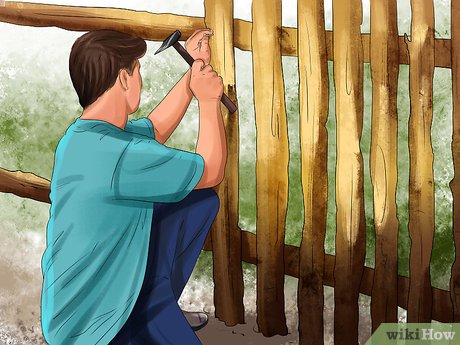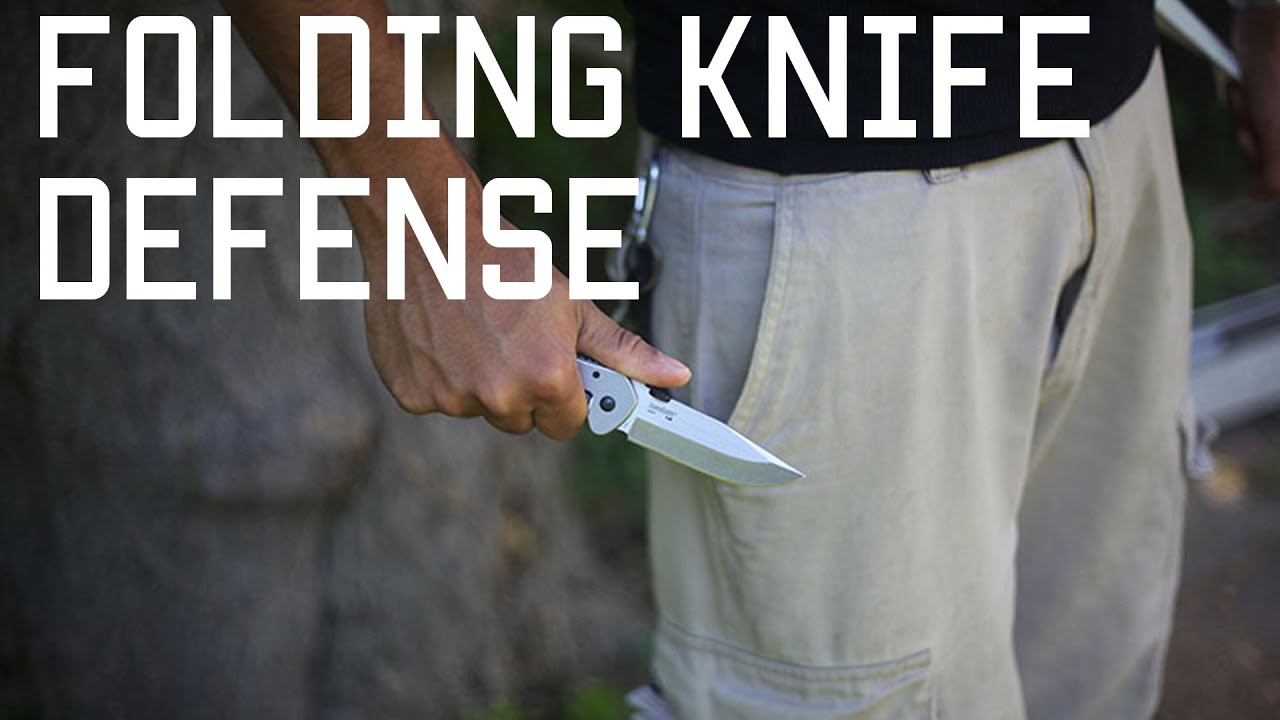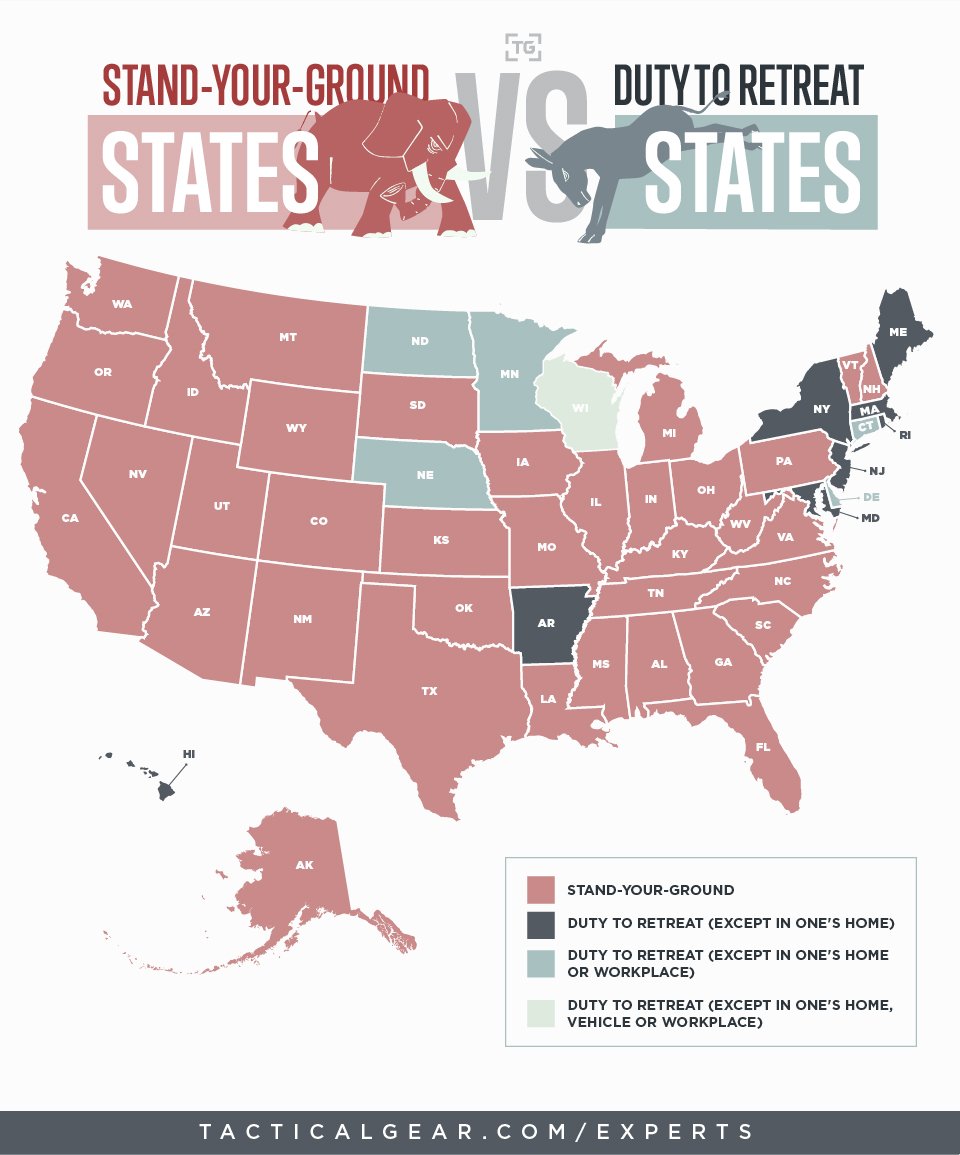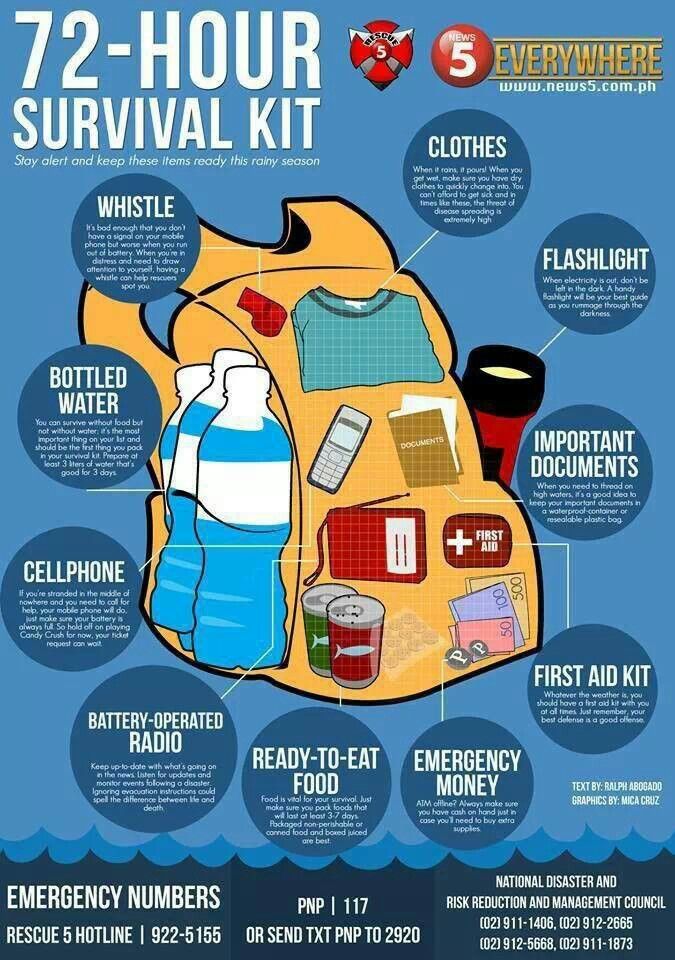Living in the wilderness can be a challenging but rewarding experience. It requires a deep understanding of the natural world, survival skills, and a strong mental and physical fortitude. Here’s a detailed guide on how to live in the wilderness:

Preparation:

- Learn Survival Skills: Familiarize yourself with essential survival skills such as finding food and water sources, building shelter, starting a fire, navigation, and basic first aid.
- Choose the Right Location: Select a wilderness area that aligns with your experience and skill level. Consider factors like climate, terrain, and access to water and resources.
- Pack Wisely: Pack essential gear and equipment, including a tent, sleeping bag, cooking utensils, first aid kit, navigation tools, and enough food and water for the duration of your stay.
Building Shelter:

- Find a Suitable Site: Choose a well-drained, elevated location protected from the elements.
- Construct a Shelter: Build a simple shelter using natural materials like branches, leaves, and rocks. Learn different shelter-building techniques to adapt to various conditions.
Finding Food and Water:
- Foraging: Learn to identify edible plants, berries, and fruits in your wilderness area. Forage responsibly, respecting the natural ecosystem.
- Hunting: If necessary, learn how to hunt small game and fish using primitive methods like traps and fishing lines. Always follow local regulations and practice ethical hunting practices.
- Water Sources: Locate reliable water sources such as streams, rivers, or natural springs. Boil or filter water to remove contaminants.
Fire and Cooking:
- Fire Safety: Learn how to build a safe and controlled fire for cooking and warmth. Follow local fire regulations and be mindful of potential fire hazards.
- Cooking: Cook your food thoroughly to prevent foodborne illnesses. Use natural cooking methods like roasting, grilling, and boiling.
Navigation:
- Learn Map and Compass Skills: Understand basic map reading and compass navigation techniques. Practice using these skills to navigate in the wilderness.
- Natural Landmarks: Familiarize yourself with natural landmarks and reference points to help you stay oriented.
Mental and Physical Preparation:
- Psychological Well-being: Living in the wilderness can be mentally challenging. Be prepared for solitude, isolation, and potential dangers. Practice mindfulness and stress management techniques.
- Physical Fitness: Wilderness living requires physical strength and endurance. Engage in regular exercise and build essential survival skills like hiking, climbing, and foraging.
Safety and First Aid:
- Be Prepared: Carry a well-stocked first aid kit and have basic knowledge of first aid techniques.
- Stay Vigilant: Be aware of potential hazards like wildlife, extreme weather, and dangerous plants. Take necessary precautions to stay safe.
Environmental Stewardship:
- Leave No Trace: Practice responsible wilderness ethics by leaving no trace of your presence. Minimize your impact on the environment and respect the natural habitat.
Living in the wilderness is a continuous learning process. Adapt your skills and knowledge based on your experiences and the specific wilderness you encounter. Embrace the challenge and enjoy the beauty and tranquility of nature on your own terms.










